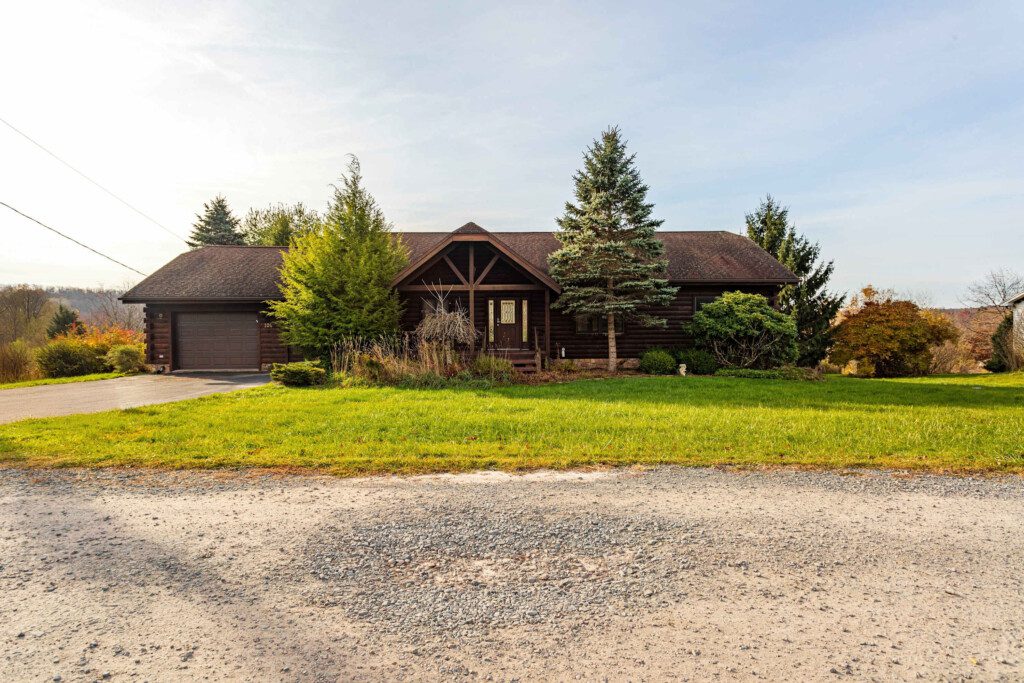Understanding Pricing and Fixed Expenses: What Most Property Owners Calculate Wrong (Part 3 of 3)
In the first two parts of this series, we discussed the core principles of our pricing strategy and how data helps us make smarter decisions. In this final segment, we’ll explore a common mistake many property owners make when pricing their vacation rentals and calculating expenses: miscalculating break-even points and occupancy. By understanding booking trends and implementing a more strategic pricing model, you can avoid costly errors and maximize your property’s revenue potential.
The Flaw in Traditional Break-Even Calculations
A lot of property owners make a crucial mistake when setting their pricing strategy: they calculate the break-even point by dividing monthly expenses by the number of days in the month. For instance, if your monthly costs (mortgage, utilities, maintenance, etc.) total $3,000, you might conclude that you need to earn $100 per night to break even. This leads to setting a minimum price of $100 or $150 per night. While this seems logical, it overlooks the reality of booking patterns and can result in significant financial gaps.
Why This Approach Fails:
- Uneven Booking Patterns:
Short-term rentals, especially outside peak seasons, are rarely booked evenly throughout the month. Most bookings happen on weekends, while weekdays often remain empty. Pricing based on full occupancy will set you up for financial trouble. - Misaligned Revenue Goals:
If you only book weekends, those nights must bear the weight of your entire monthly costs. For example, if your monthly expenses are $3,000 and you only book 8 weekend nights, each night would need to generate $375 to cover your costs—far above the $100-$150 per night range many owners target. - Competitive Disadvantage:
Overpricing your property to meet unrealistic revenue goals can deter potential guests, leading to lower occupancy and greater financial strain.
If you only book weekends, each night would need to generate $375 to cover your monthly costs. However, depending on the property pricing at $375 per night in an off season month or week is likely to turn off guests, leaving you with empty weekdays and insufficient revenue.
A Smarter Pricing Strategy: Weighted Pricing
Instead of treating every day as equal, optimize your pricing based on demand and booking patterns. By assigning different prices to weekends and weekdays, you can ensure profitability while keeping your property competitive.
Example: Off-Season Pricing Strategy
Let’s revisit the $3,000 monthly cost using a smarter approach, Lets assume we get the following booked:
- Weekend Nights (8 nights): Price at $275 per night → 8 x $275 = $2,200
- Weekday Nights (22 nights): Price competitively to attract bookings → Assume 8 weekdays booked at $110 per night → 8 x $110 = $880
Total Revenue: $3,080
This strategy covers your monthly costs while maintaining a 53% occupancy rate. It ensures profitability while keeping your property attractive to guests. Plus, if weekend prices increase and you still manage to capture the same number of weekdays, your property could earn an additional $880 in that month. Over the course of 12 months, that adds up to an extra $10,000 in gross revenue simply by securing a few more weekday bookings each month.
The Benefits of Flexible Pricing
Adopting a flexible, demand-based pricing strategy has several key advantages:
- Increased Bookings: Pricing weekdays competitively attracts more guests, boosting occupancy and revenue.
- Improved Visibility: Platforms like Airbnb and Vrbo favor properties with frequent bookings. More bookings lead to better visibility, driving even more bookings.
- Effective Use of Discounts: Flexible pricing allows you to strategically offer discounts to fill gaps in your calendar. For instance, Sundays are typically booked only 14% of the time. By offering a discounted rate for Sunday, you make your property more attractive to guests looking to book a 3-night stay, especially if the total price fits within their budget. Additionally, the chance of Sunday being booked as a guest’s first night is only 11%, so offering a discount can help secure an extra day rather than leaving it vacant.
Addressing Wear and Tear Concerns
A common worry with higher occupancy is increased wear and tear and higher utility costs. While these concerns are valid, they are often outweighed by the benefits of higher bookings. For instance:
- A higher-rate weekend booking may cause higher utility usage or minor maintenance issues.
- A midweek booking with fewer guests might not impact utilities or require maintenance.
The key is finding a balance between revenue generation and operational costs. By carefully tracking expenses and adjusting your pricing strategy, you can minimize risks while maximizing profitability. It’s important to evaluate revenue and costs on a broader scale, rather than focusing on individual bookings or months. The main objective is to generate as much revenue as possible while minimizing expenses.
Conclusion: Optimize, Don’t Underprice
The goal of vacation rental pricing isn’t just to break even—it’s to optimize revenue while remaining competitive. By understanding booking patterns and using a weighted pricing strategy, you can find the right balance. Here’s a recap of key takeaways:
- Avoid Flat-Rate Pricing: Treating every night equally ignores the realities of booking patterns, leading to financial shortfalls.
- Adopt a Weighted Pricing Model: Set higher prices for high-demand periods (e.g., weekends) and more competitive rates for low-demand periods (e.g., weekdays) to optimize occupancy and revenue.
- Leverage Data and Flexibility: Use tools like PriceLabs and your own booking data to adjust pricing dynamically based on demand, seasonality, and market trends.
- Focus on Visibility and Bookings: Higher occupancy improves your visibility on booking platforms, creating a positive feedback loop that drives even more bookings.
By adopting these strategies, you can move beyond the break-even mindset and fully realize your vacation rental’s revenue potential. Thank you for following this series, and we hope these insights help you achieve greater success in the short-term rental market!

